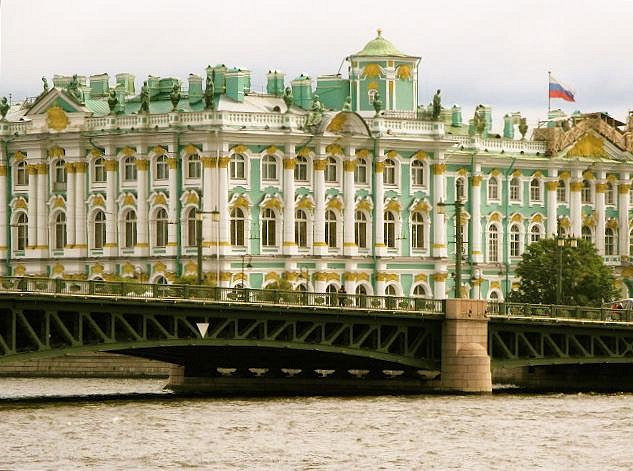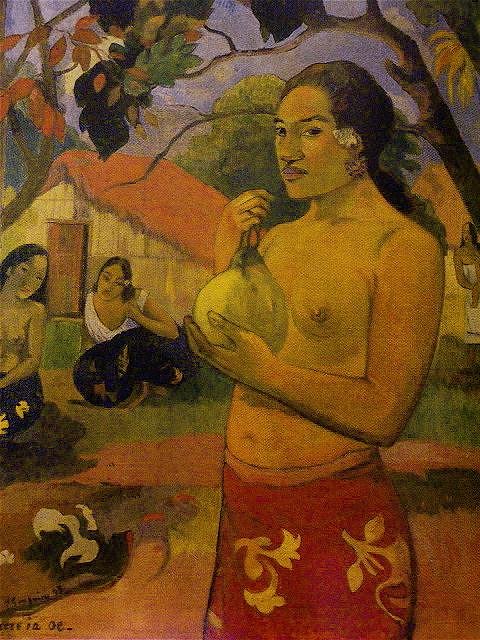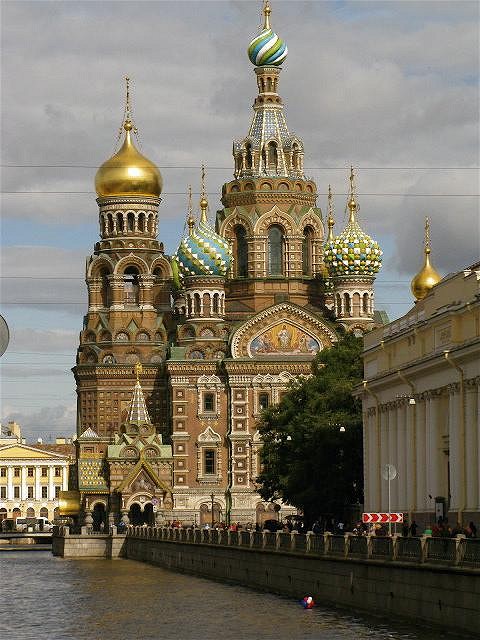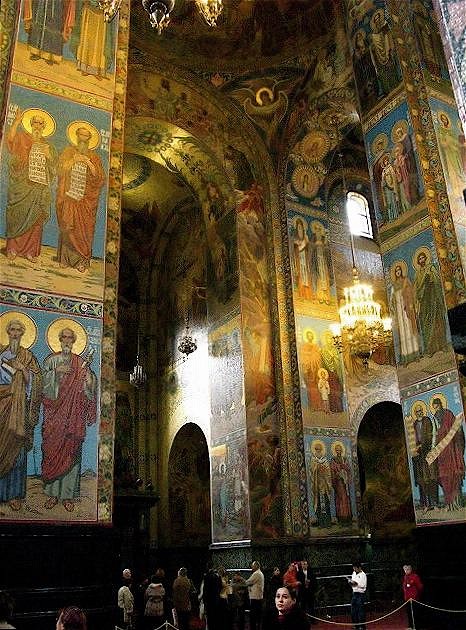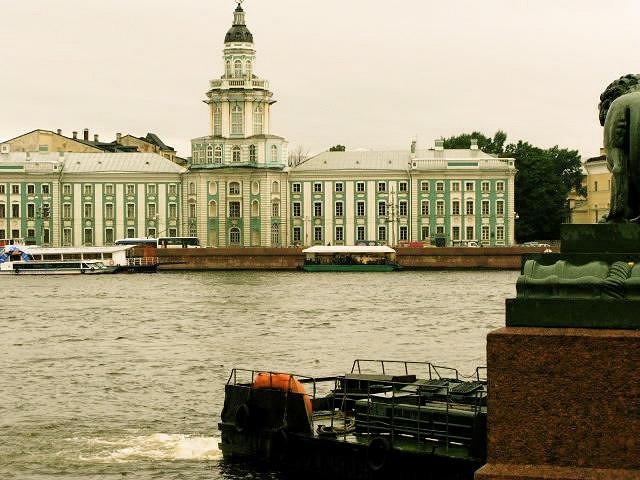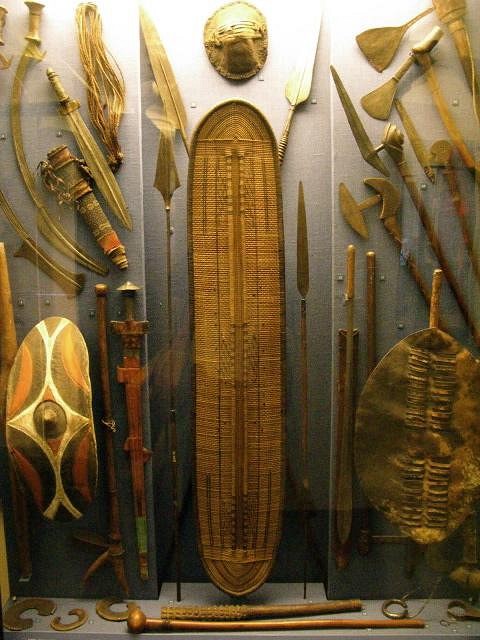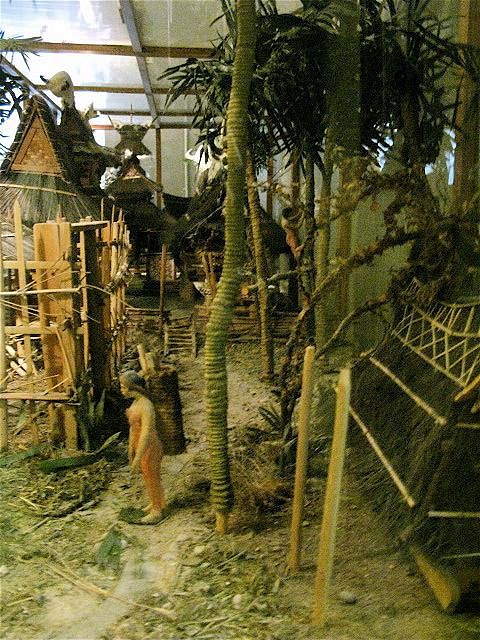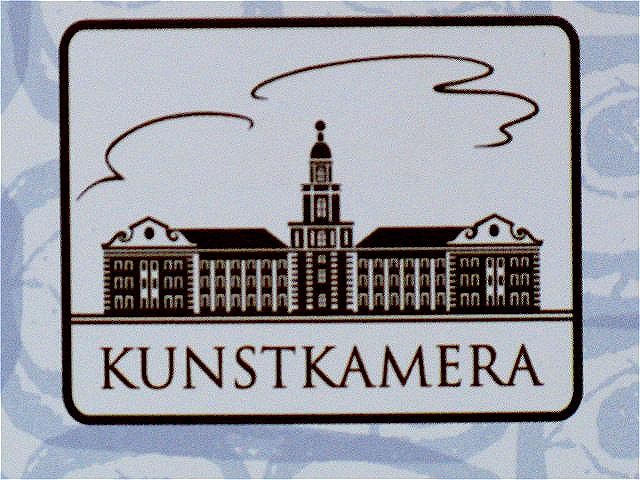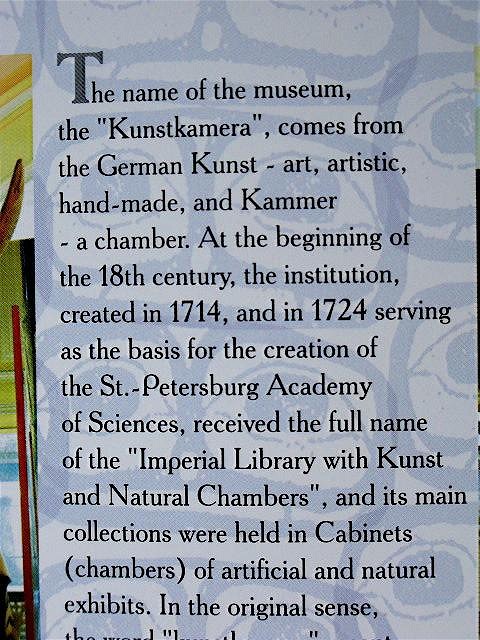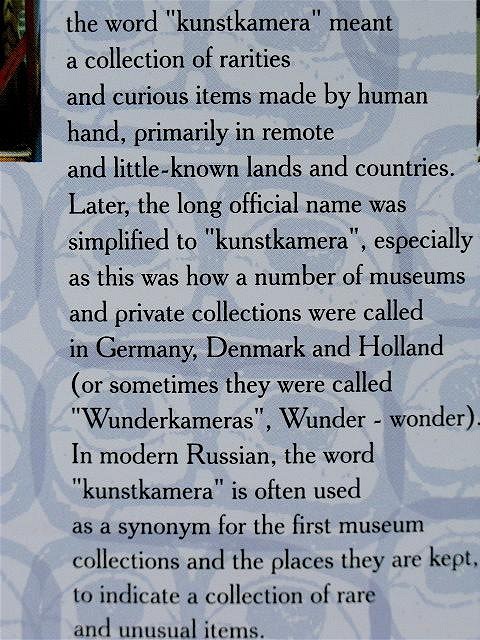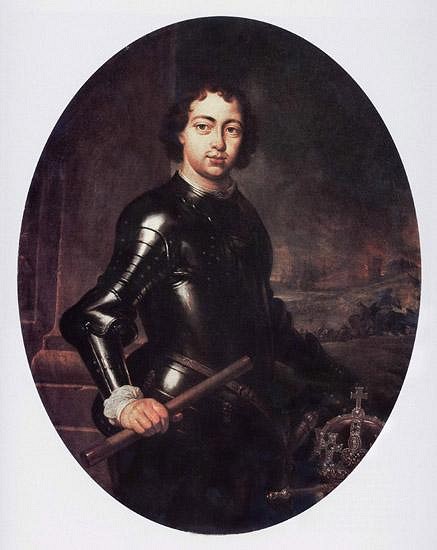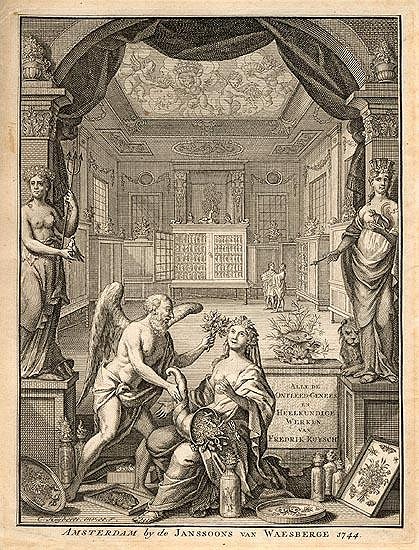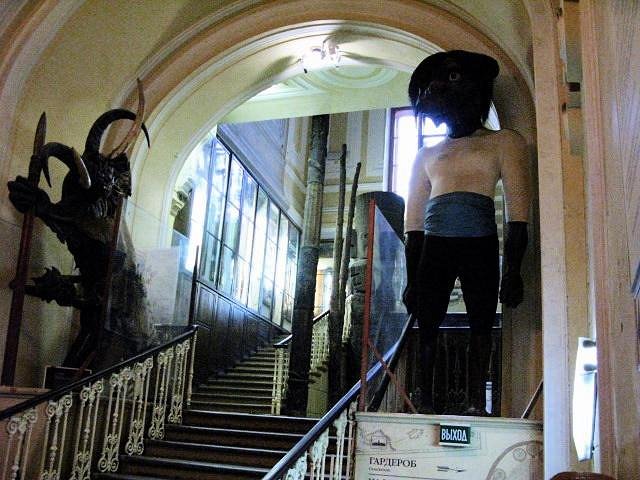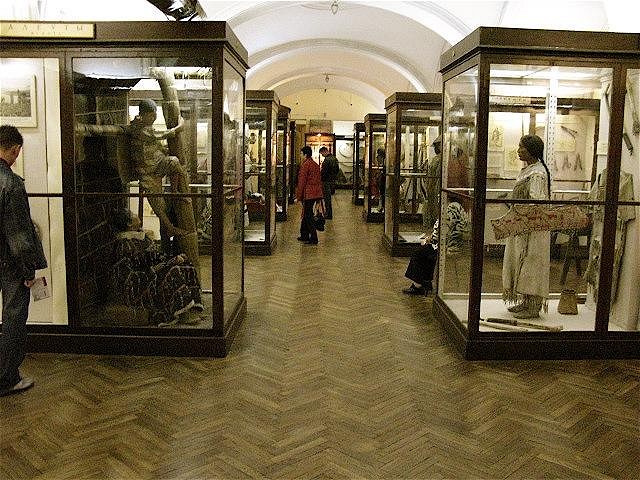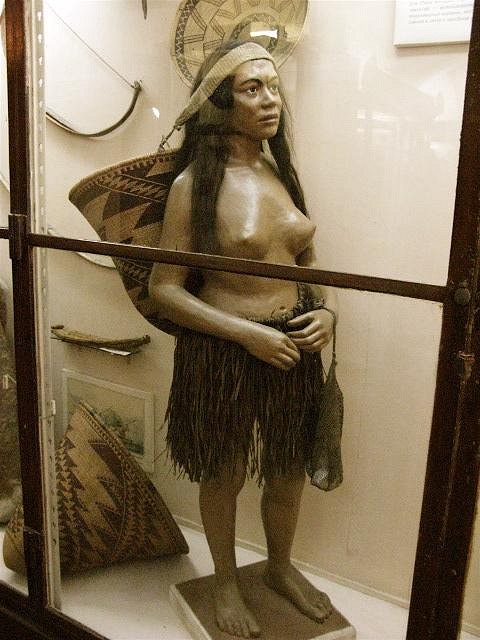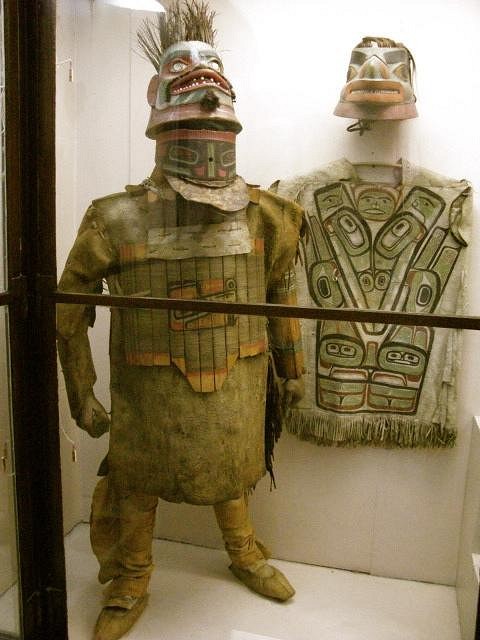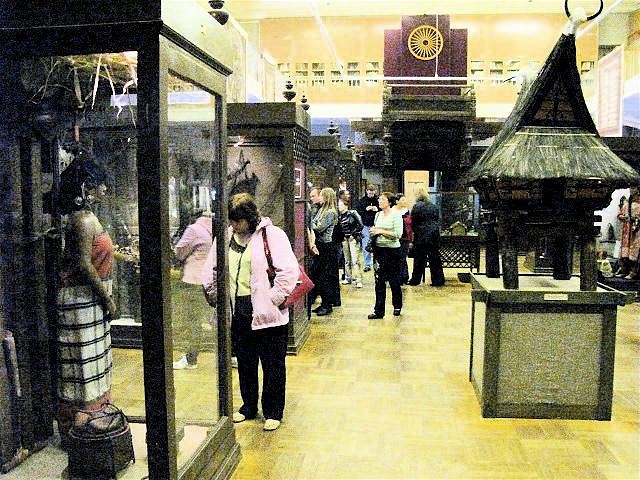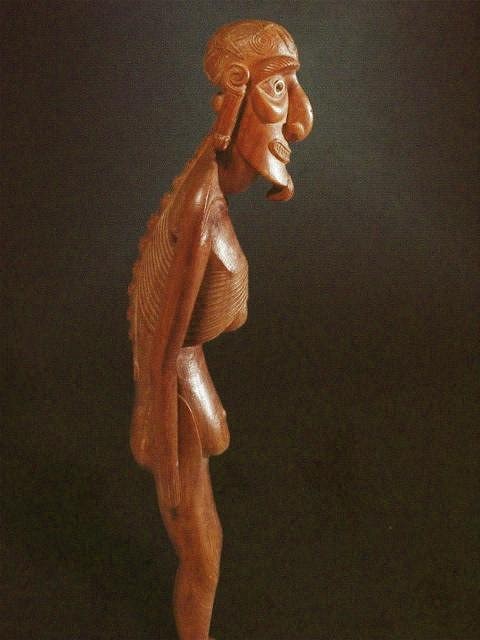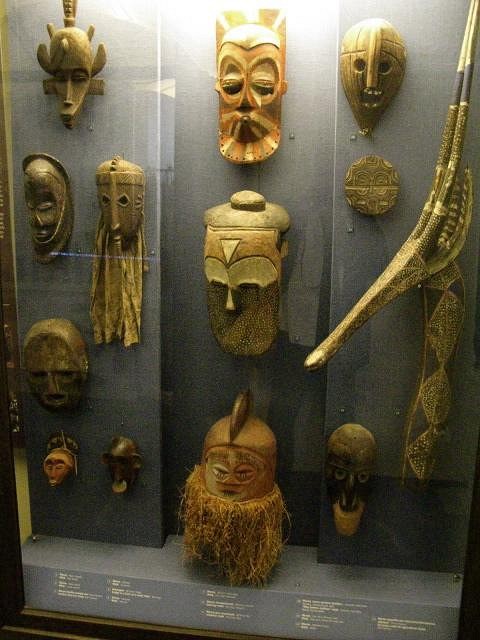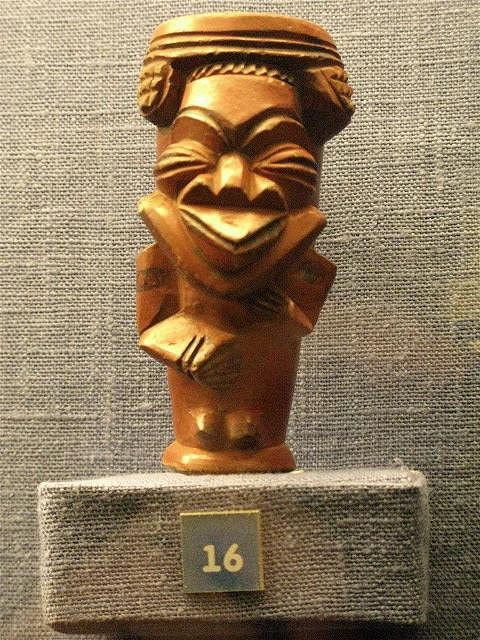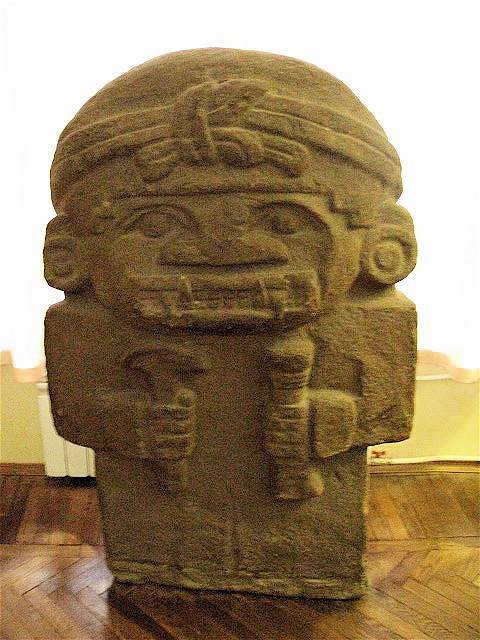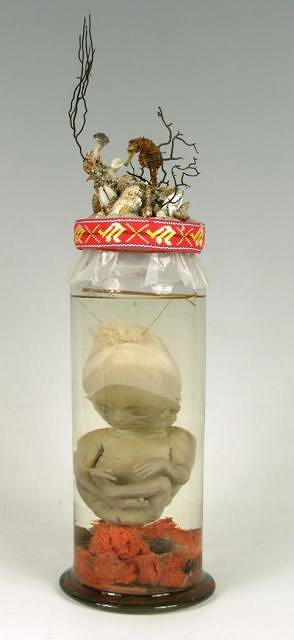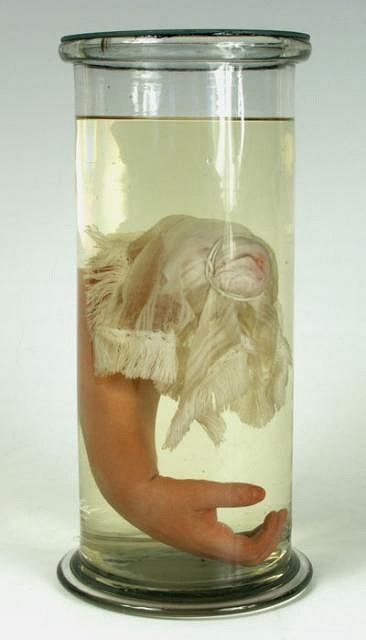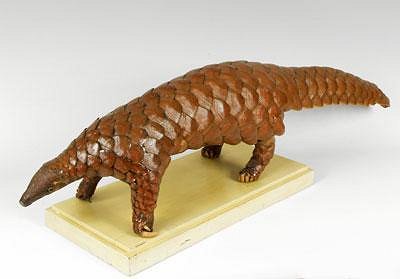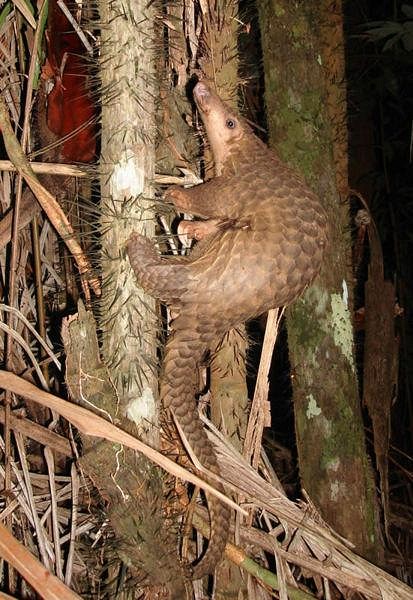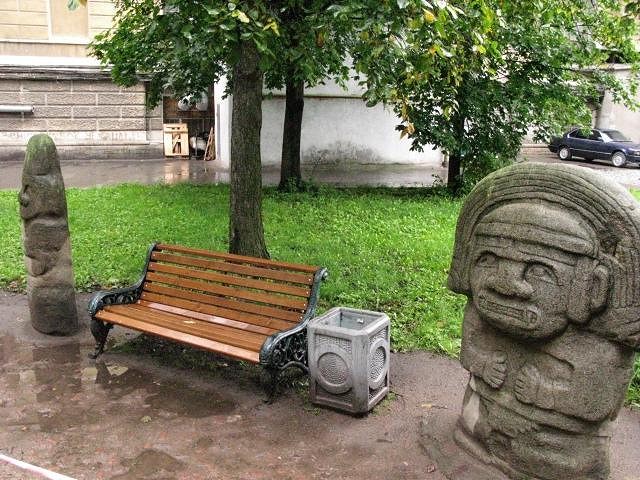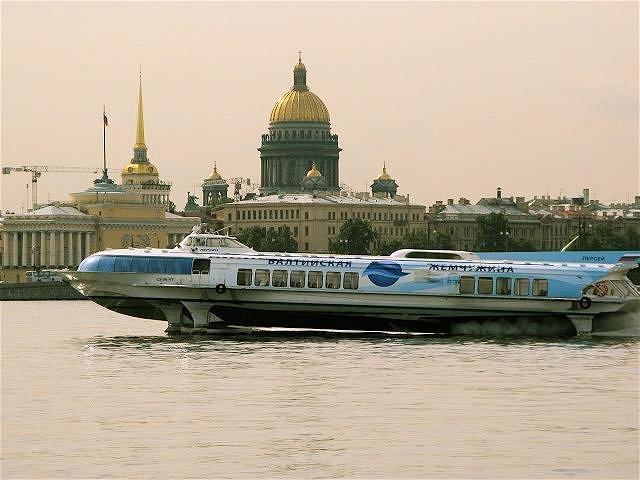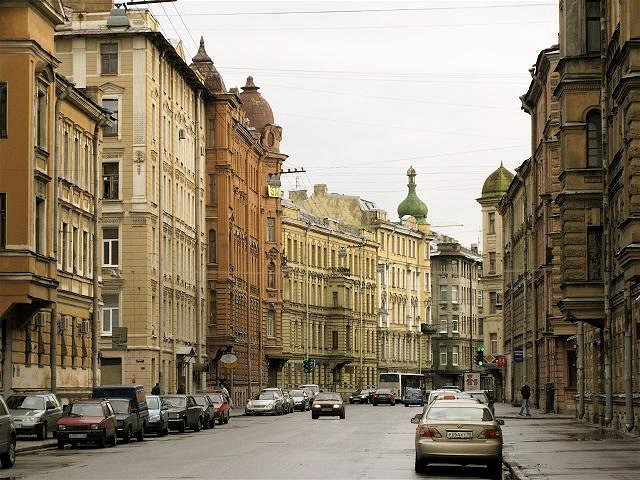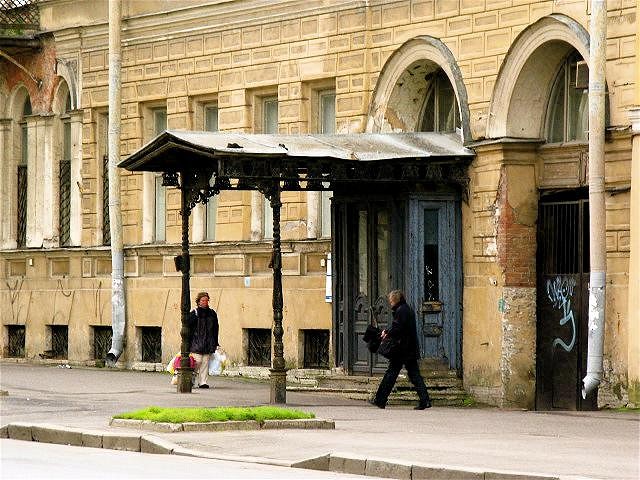Tiki Central / Locating Tiki / Kunstkamera, St. Petersburg, RUSSIA (other)
Post #406344 by bigbrotiki on Sat, Sep 6, 2008 1:08 PM
|
B
bigbrotiki
Posted
posted
on
Sat, Sep 6, 2008 1:08 PM
While working in St Petersburg recently, I was overwhelmed by the city's cultural heritage. It seemed to me St. Petersburg had more stately buildings and palaces than Paris, Prague and Vienna combined. The most famous perhaps is the Hermitage, with its priceless collection of art from the centuries: But though it is nice to see an original Gauguin such as this:
...and to visit the "Church of our Savior on the Spilt Blood" (built on the site of the assassination of Tsar Alexander the II.)...
...and to realize that all its interior murals are made from tiny mosaic stones (!):
...every tourist does that. Since I grew up in Europe, all that gilded baroque splendor and the ruling elite's displays of power and wealth leave me cold to some degree. I had my heart set on an often overlooked step child of the bunch: The Kunstkamera!
Some of you know of my fondness for Ethnographic museums, especially those whose exhibits have not been modernized and which retain some of the atmosphere of the early 20th Century museums whose exotic displays inspired the generation of modern artists from Picasso to Paolozzi. While in the second half of the 20th century the exhibitions in these kind of museums became more didactic and politically correct, as terms like "primitive" and "savage" became viewed as racist and imperialist discrimination, such concepts as weapons displays and miniature dioramas lived on in Tiki lounges throughout America:
(I was also made aware that my main tool of earning a living, the film camera, owes its name to the term "chamber", or room, from the fact that the first camera, the "Camera Obscura", was in fact room-size, the word meaning "The obscure Chamber". So the Russian term "Kunstkamer-a" literally translated into German means "Art-Camera" --which is what I hope my camera, still or movie, produces to some degree :D ) The St. Petersburg Kunstkamera is one of the few museums where one can still get a sense of how museums came to be: They grew out of the "Chambers of Curiosities" assembled by individuals with a passion for the Natural Sciences. Zsar Peter the Great was such a curious man (quote):
"Peter visited western Europe at the age of 25. In 1697 he traveled abroad as part of the Great Embassy, and there for the first time saw those strange "kunst" cabinets, i.e. exhibitions of rarities and oddities. They reminded him of trading stalls, where jars containing pickled specimens of freaks were on display along with old coins, stuffed birds and skeletons of animals... each one furnished with some ancient inscription in an unknown language."
"Once, while walking along a wild bank of the Neva River covered with trees, Peter noticed an unusual pine-tree. Its trunk was deformed by a semicircular branch, which had grown into it like the handle of a huge barn lock. "What a monster of a tree!" exclaimed Peter in amazement. He then ordered the tree cut down, the part of the trunk with the ingrown branch preserved, and that a new building for the future museum be constructed in its place." Here is an abbreviated time line of the evolution of the Kunstkamera to an Ethnographic museum: 1719–1727 1727 Late 18th - 1842 1870-1880s 1946 The Kunstkamera's entrance today:
Unfortunately, no items from the extensive OCEANIC COLLECTION were on display. Quote: "Thanks to the assistance provided by the Russian authorities to members of Captain James Cook’s voyage, the depositories of the Kunstkamera were enriched by materials which are of special value as they reflect the precontact stage of Polynesian culture. In 1777, naturalist H. Forster, Cook’s crewmate during his second expedition, shipped three Tahitian tapas to St.-Petersburg, and in 1780 the retired Commander of Kamchatka prime-major M. B50102hm brought to St.-Petersburg several dozens of objects from the Pacific islands collected in the course of Cook’s third voyage. Cook’s collections contain cloaks and helmets made of birds’ feathers, which have no counterparts in any foreign museums. Unique specimens include the mantle and the helmet of Kameamea I – the first King of the Hawaii (brought to the Museum in 1810). The Museum possesses three mummified heads of New Zealand chiefs with intricately tattooed faces. They were considered sacred relics among the Maori. In 1806 a personal donation was made by a Russian seafarer Yu.F. Lisyanskii. In 1826-28, an array of Oceanian artifacts from several early Russian circumnavigations in the first quarter of the 19th century was transferred to the Kunstkamera from the Admiralty Museum. In 1830 the Kunstkamera received a large Micronesian collection assembled by members of Captain F.P. L50108tke’s expedition. The bulk of the museum’s New Guinean and Melanesian collections are things collected by the famous Russian traveler and naturalist N.N. Miklukho-Maclay. Especially valuable are those from Easter Island – wooden figures and two wooden plates with carved inscriptions, called “kohau rongo-rongo”. (Actually from Polynesia! -ed.) New Guinean materials include rare wooden, stone, and clay images of Papuan ancestors. There are numerous Melanesian utensils, and a valuable collection of Melanesian masks which were used by members of secret male unions in their rites. There is also a curious collection of shell money from Micronesia and stone money from Yap Island."
Bummer. But there was no lack of other excellent "primitive" art pieces:
...and then, there was the hall of anatomical specimens. Unfortunately, photography was not permitted. :(
Quote: Today the the "First natural sciences collections of Kunstkamera” hall has a remarkable display of two-headed man and animal specimens, followed by all sorts of other unusual deformities, together with general specimens, like heads with their brains showing, all preserved in alcohol. Here is one example, whose playful seahorse display on the top of the jar gives one an idea of how Natural Sciences were mixed and matched in these curio chambers:
This was all done in the service of science. So a child's arm...
...would appear in the same display case than a taxidermied Capuccine monkey, or a Pangolin (!?):
Here even I was stumped. I had never seen such an animal, and was fairly convinced to have a "Fiji Mermaid" scam in front of me, but further reasearch showed I had merely been uneducated:
The museum also has a Pre-Columbian sculpture garden:
...and a gift store, which unfortunately has very few Kunstkamera-specific items. I found a T-shirt, and where else would one be able to purchase a Mongoloid-in-a-Jar refrigerator magnet:
All in all, St. Petersburg is an amazing time-warp of a city, which behind its renovated skyline...
...hides block after streetblock of un-altered, authentic buildings...
..with the marks of time showing:
Thanks to Communism, the great preservationist! But to go further in to the city leads us too far away from the subject of Tiki Central, so you will have to see for yourself. [ Edited by: bigbrotiki 2008-09-07 02:32 ] |

